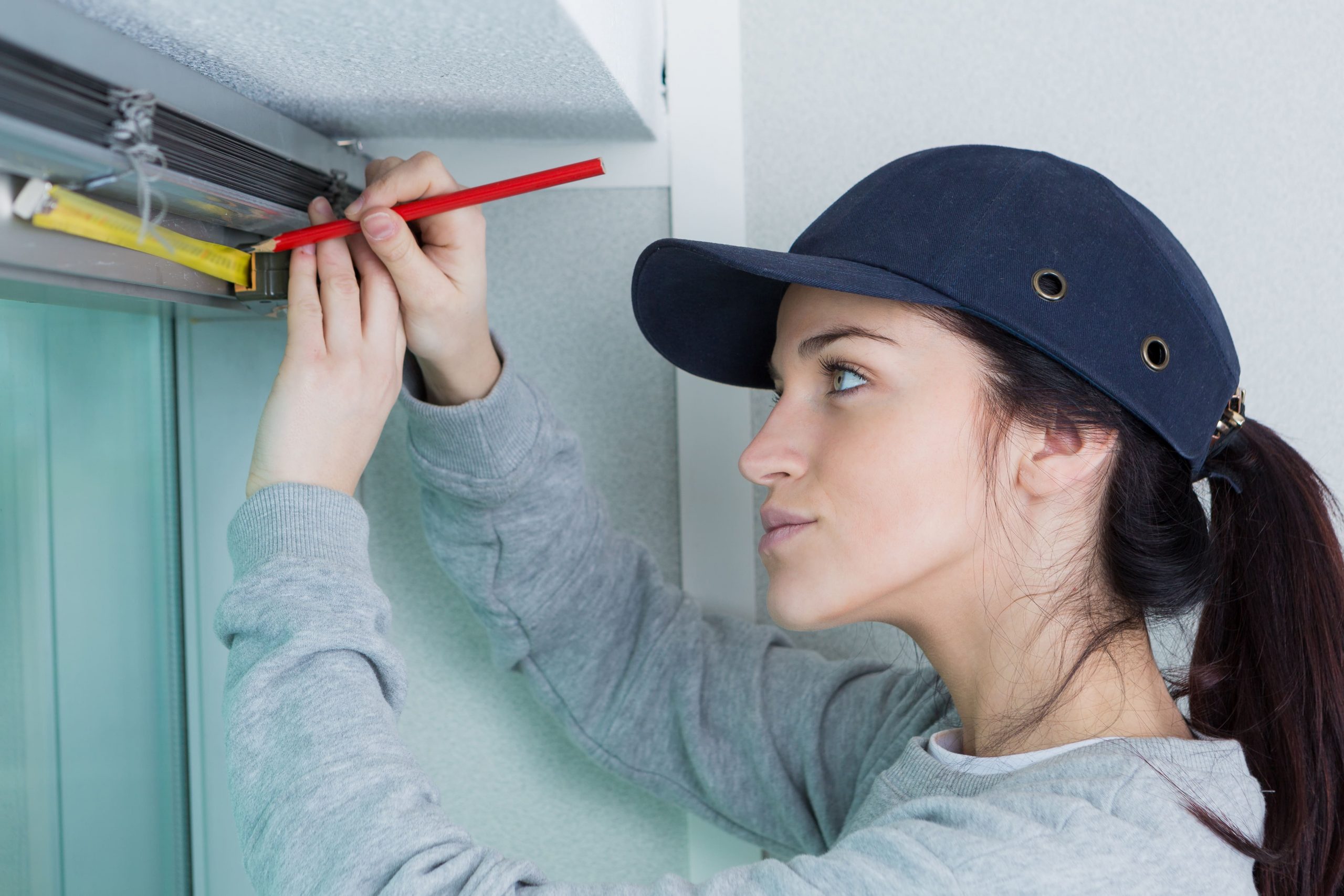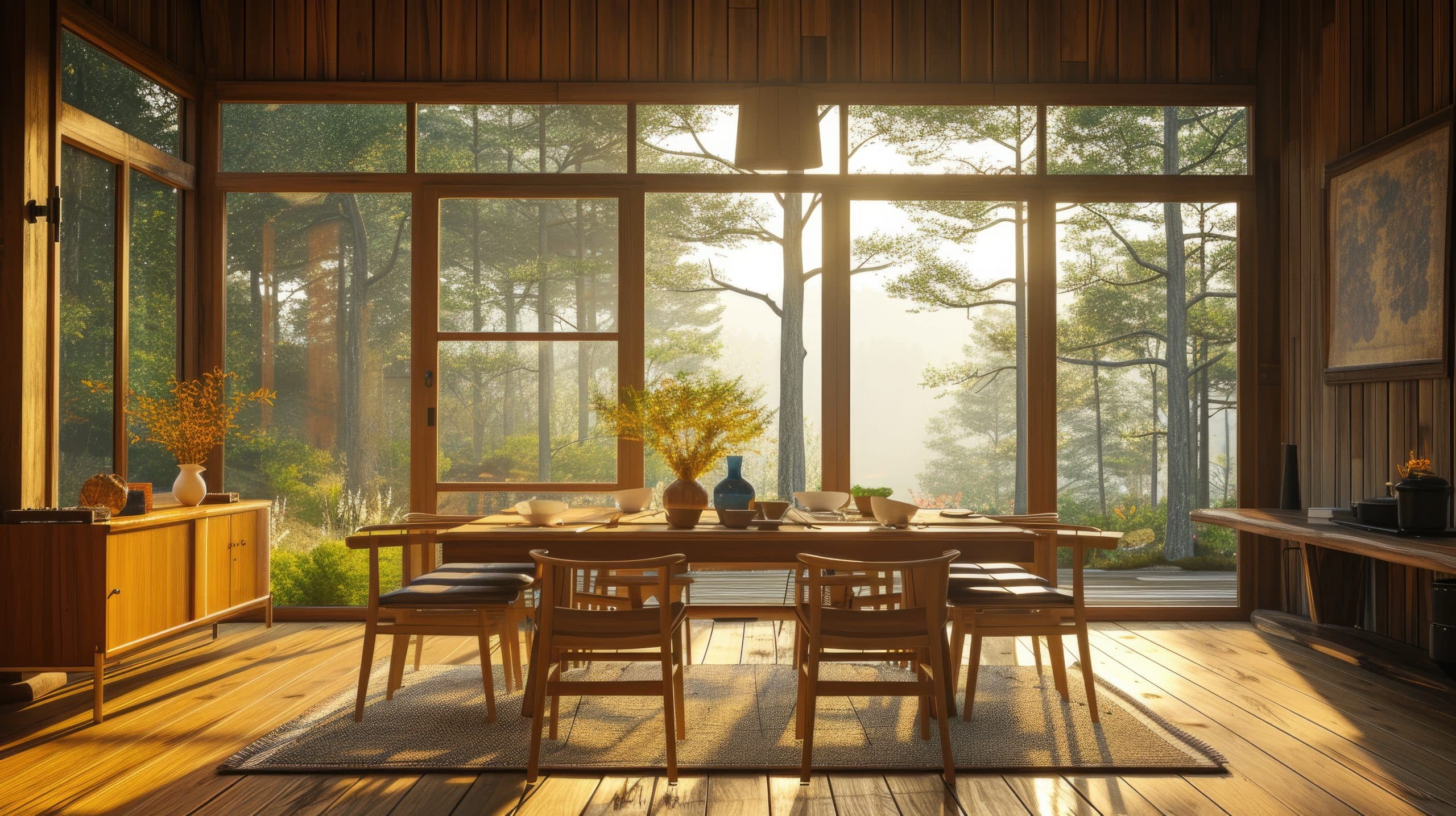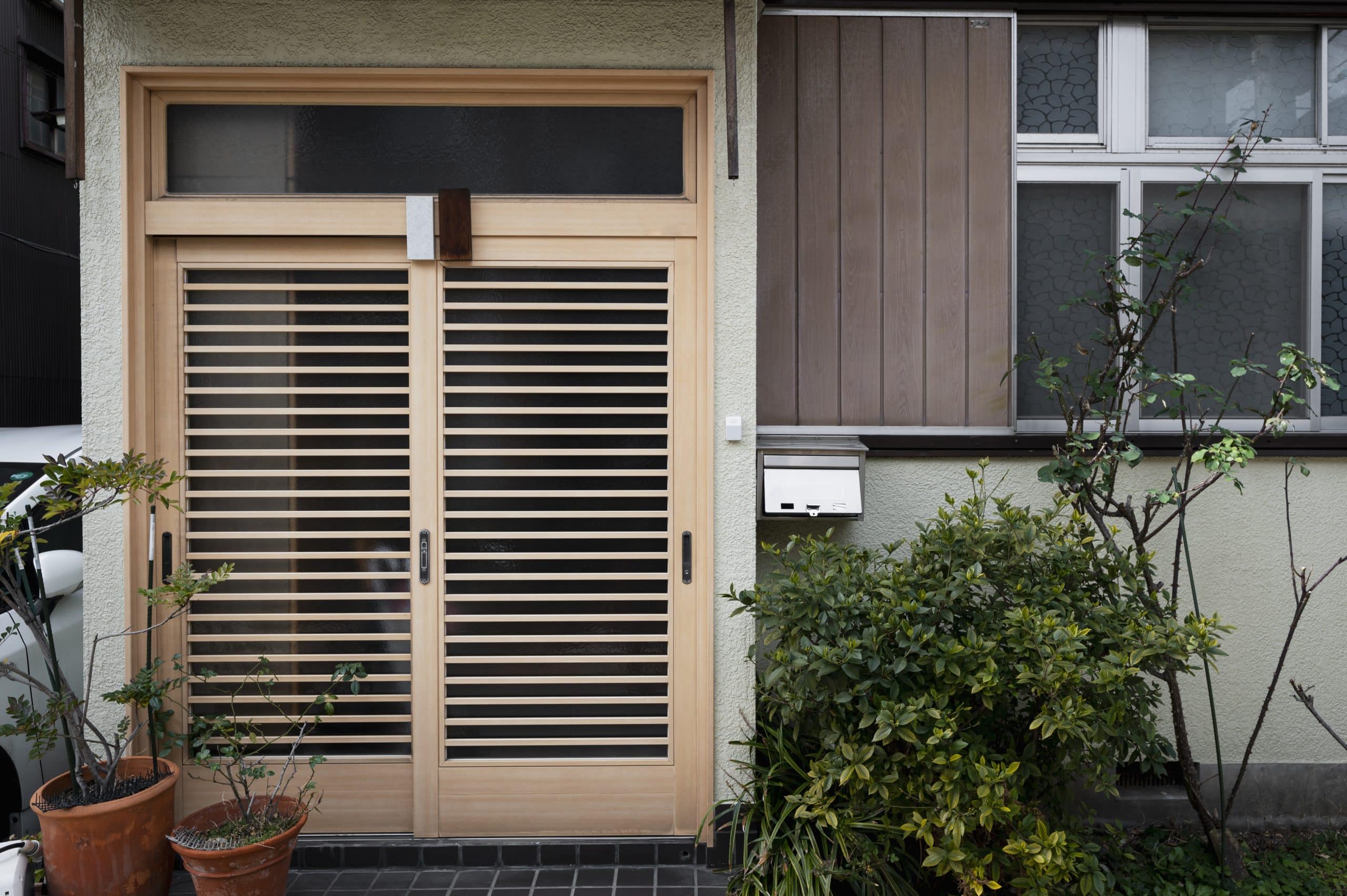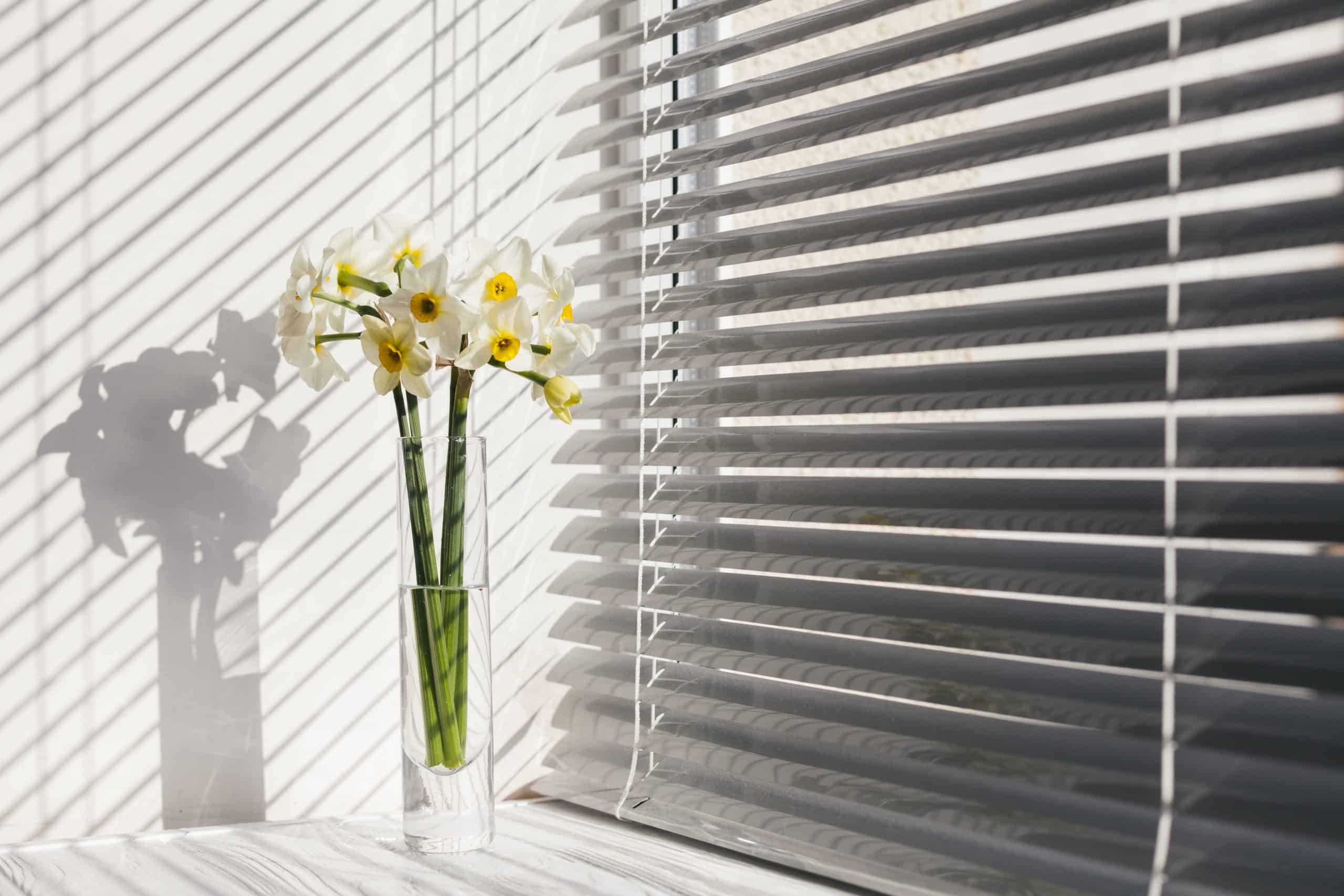Sooner or later, old windows are replaced with new ones that have improved qualities. They perfectly protect the house from rain and wind, as well as keep the heat in. To install them, you can contact a special company that will do all the work. However, you can save up to $600 per window if you prepare the project yourself. In our article, we will explain in detail how to measure windows for replacement. Our tips will help you get the perfect measurements so your windows will fit your home perfectly.
Preparing to measure for a new window
Before you start measuring, you should make sure that the frames are in good condition. This is important since these are the frames to which your new windows will be attached. If you have wood, check to see if they have no rotten areas and how strong they are. Also, make sure they are not warped and fairly even around the perimeter. If the window frames are still strong, you can proceed to the next step which is measuring the size of the window.
Capturing All Measurements
Measuring your replacement windows is a very important procedure if you are going to save yourself money and time. Accuracy is extremely important in this case, so you should record all measurements. You can use a notebook or notebook, as well as computer programs for recording. If you want to replace not one but several windows, be sure to sign its location.
Measuring the width of the window
For accurate calculations, you should take a tape measure and measure the width of the old window in three different places: the bottom, the middle, and the top. You may be surprised to see that it is not much, but different. To measure the width correctly, follow our recommendations:
- Start measuring from the bottom point of the window. To do this, slide it up and measure the distance from one jamb to the other.
- Mentally divide the window in half and measure the width as close to the middle of the window as possible. Remember to open the window fully before measuring.
- To measure the top width, close the window and measure the distance from one jamb to the other at the highest point with a tape measure.
Remember to record each width in a notebook. Mark the smallest value with an identifying mark or a circle.
Measuring the height of the window
As with the width measurement, be sure to measure the height of the window in three places: right, left, and middle. Also, use a tape measure to do this. Note, if the window sill is sloped, you should find the highest point on it. It should be directly in front of the window. Write down all the values and select the lowest one. This will be the approximate height of the opening.
Measuring Window Depth
The depth of the window opening is also important when replacing windows. Some may be deep enough for your frame. To measure the depth correctly, you should open the window and hold a tape measure from the outside of the frame to the inside horizontally. Measurements should be made in several places on the bottom, top, and sides of the frame. All results should be noted in a notebook and the smallest value should be highlighted. This will be the approximate value of the window depth.
Checking the corners
It is important to make sure that the perimeter of the frame corresponds to the shape of a rectangle. If the frame is skewed, the installation of a new window will be problematic. Continued use of it will also cause difficulties in opening and closing. To make sure that your frame will fit for replacement, take a tape measure.
Put its end to the bottom corner where the vertical and horizontal parts of the bar meet. Hold the beginning of the tape and stretch it diagonally to the upper opposite corner. Record the results of your measurements in a notebook. The next step is to measure the distance from the other bottom corner to the top corner. Repeat the previous steps. The resulting value is also indicated in the notebook.
Compare these two measurement results. If the difference between them is within ¼ inch, this means that the corners of the frame are practically 90 degrees. In other words, they are level enough that installing a new window will not be a problem. If the comparison results are more than ¼ inch, it is advisable to bring in a knowledgeable professional for a consultation. He will tell you what can be done in your situation.
How to use measurements properly
When you measure all the right parameters, you can use them to buy a new window. The results of measurements allow you to choose windows that will fully match the window openings of your home. You should choose windows that are 2 inches less in height and width than your minimum measurements. Just for this purpose, they should have been singled out right away.
Smaller windows of your measurements are necessary to make them easier to adjust in the window openings during installation. Do not forget to consider the depth of the frame. It is needed so that the window does not protrude out of the openings and is not too recessed inward. When choosing a window, pay attention to its characteristics. It should be energy-efficient to reliably protect your home from the negative effects of the environment.
Conclusion
Measuring your replacement window is important and should be taken seriously. Especially if you decide to measure the parameters yourself. Prepare a tape measure in advance to take measurements. All figures should be accurate and recorded in a separate notebook. The main indicators for buying a window – are the minimum width, height, and depth of the opening. They play a role in the correct selection of the window.
If it is not convenient to measure the openings, ask for help from loved ones. Also, you have the opportunity to contact experts. But in this case, you will have to pay extra money for the service to measure the windows. We are confident that if you follow our advice, you will not only save money but also find the right windows. The main thing is not to rush and be careful and you will succeed!






